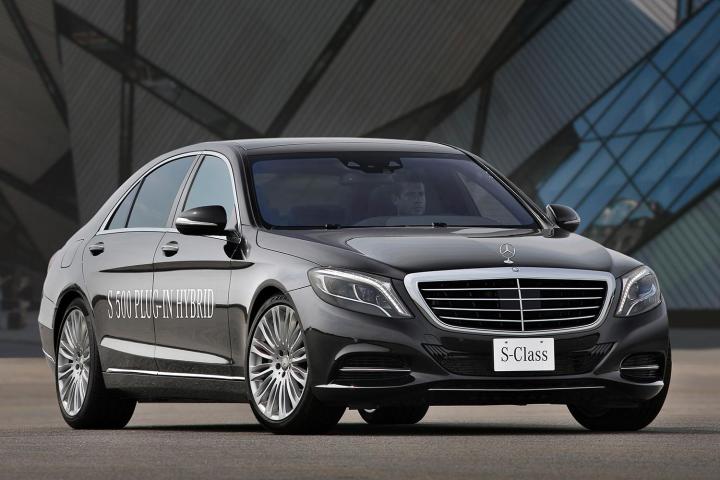
Electric vehicles are often lumped together into a sparking, sizzling clump, but they can be just as varied and diverse as their gas-powered cousins.
There are gas-electric hybrids, which use power from combustion and electrical generation to move their wheels. All-electric cars siphon power from a variety of sources to charge their batteries, including specialized stations and standard 120-volt outlets. There are also hydrogen fuel cell vehicles, which generate electricity through a chemical reaction.
As you can see, electric vehicles cannot be simply painted over with a broad brush.
For Mercedes, though, plug-in hybrids are the clear choice. They act like standard hybrids for the most part, but can be charged with an external power source such as a household outlet. This allows them to function perfectly within the current infrastructure, a major selling point for Mercedes. Thomas Weber, Mercedes’ head of development, expressed his company’s interest in plug-ins in a report by Autocar.
“For C-Class upwards, the only way to go as we near 2020 and beyond is plug-in hybrid electric vehicles,” he said. “We will have a plug-in S-Class in September, and later in the life cycle of the C-Class we will have one too.”

Such a large influx of new technology would normally require serious overhauls in the company’s model lineup, but luckily Mercedes’ new Rear-drive Architecture makes it possible for the company to “go for plug-in hybrids across the range,” explained Weber.
While Mercedes favors plug-in hybrid technology, companies like Honda and Toyota are leaning toward hydrogen fuel cell science. Instead of using an electric motor in conjunction with a gas engine, vehicles like the Honda Clarity use a hydrogen/oxygen chemical reaction inside a fuel cell to generate electrical power.
Weber doesn’t believe that these methods are mutually exclusive, however. He affirms that fully electric vehicles, fuel cell cars, and standard hybrids have a place in the automotive world’s future.
“We still believe electric vehicles based on fuel cells will be part of the story, and for the large vehicles, we will see a growing share of plug-in hybrids,” said Weber. “I’m still optimistic that in the coming years this kind of technologies will see at least a stronger growth rate than we see today.”


